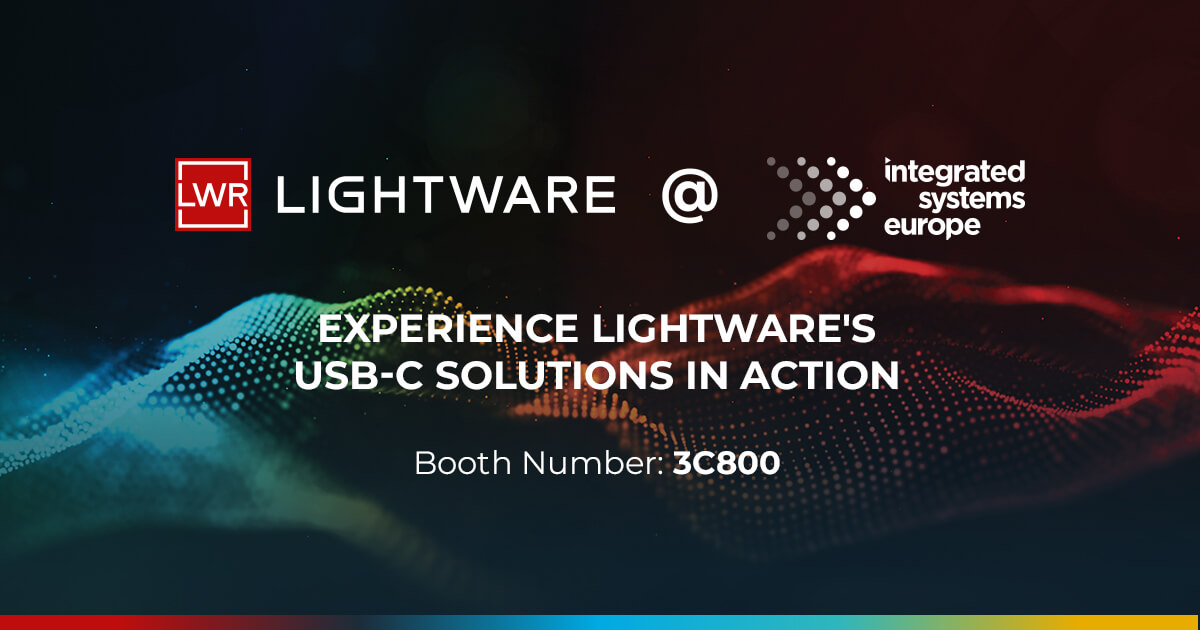USB-C is becoming the standard for streamlining connectivity for BYOD, because of its ability to simultaneously transmit data and power to and from various computing devices. It eliminates the need for additional cables by combining the functionality of four cables, including AV cables, USB cables, Ethernet cables and power cables, into a single cable. Uniquely, USB-C is already a standardized connector for BYOD devices in meeting rooms. Today’s typical laptops and personal devices, such as MacBook Pro, iPad Pro, Galaxy Tab S6 and Dell XPS 13, have adopted USB-C technology.
The wide adoption of USB-C in today’s consumer technology is creating a dramatic shift in AV technology and, because of the shift, USB-C will drastically change traditional meeting room connectivity. Unfortunately, not every USB-C device is created equal, and neither are USB-C cables. It can be challenging to determine if a particular USB-C cable is suitable for a professional AV application. In evaluating USB-C cables, there are four key specifications to review.
- The most critical specification is the category. A copper cable will be the most reliable and feature-rich, but there are other options, including active copper and active optical. An active cable is longer, but the cable typically does not support USB-C DisplayPort.
- Look for the term “Full-featured.” A full-featured cable must have all four transmitter and receiver cables.
- A professional AV cable must include DisplayPort 1.2 4K60, which enables the cable to perform four-lane DisplayPort Alt Mode.
- Evaluate the cable generation to determine speed capabilities. USB 2.0 performs at 480 Mbps and Thunderbolt 3 operates at 40 Gbps.
It’s impossible to determine the performance of a USB-C cable by simple observation. Fortunately, Lightware Visual Engineering has conducted extensive research into the various USB-C solutions available. Lightware evaluated 18 USB-C cables to determine their overall performance based on category, resolutions, generation and feature set. The research was conducted utilizing a Lenovo ThinkPad X280 Laptop and Dell G5 5587 Laptop.
Based on Lightware’s research, four USB-C cables were deemed suitable for professional AV applications, but only two USB-C cables received five-star ratings. Lightware’s CAB-USB and Freeports’s 26-715-06 were determined to be the best cables for professional AV applications. Other recommended solutions include Delock’s 83668 and TTL-Taiwan’s 20105. We would like to take this opportunity to offer you our in-depth research and detailed report by downloading this report.
In the final part of this three-part series, Lightware will dive into the importance of quality USB-C solutions and showcase a unique technology that bridges the gap between professional AV and USB.
If you are interested in the full series of the future of USB-C in traditional meeting rooms, check out the other 2 articles here:



